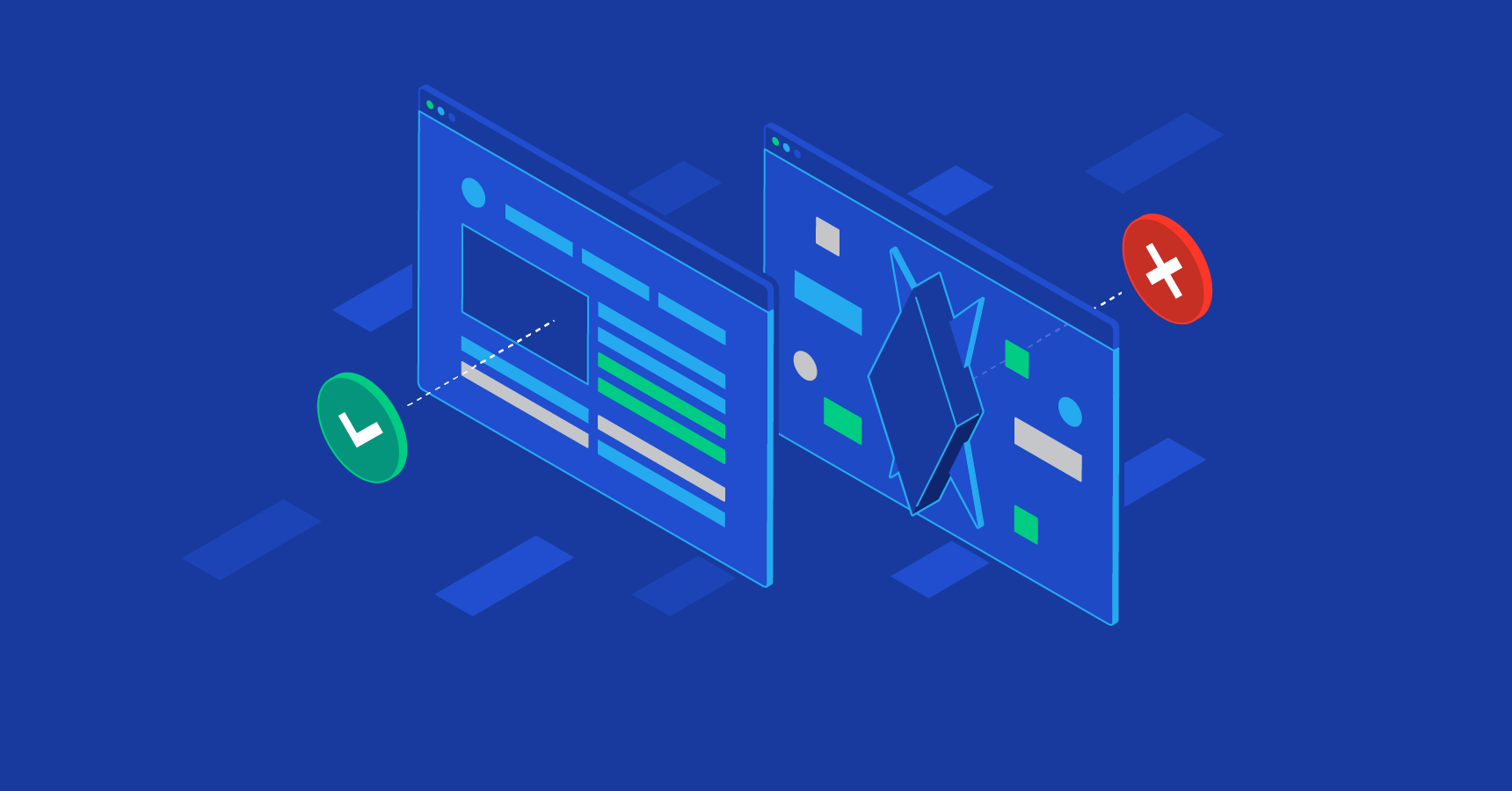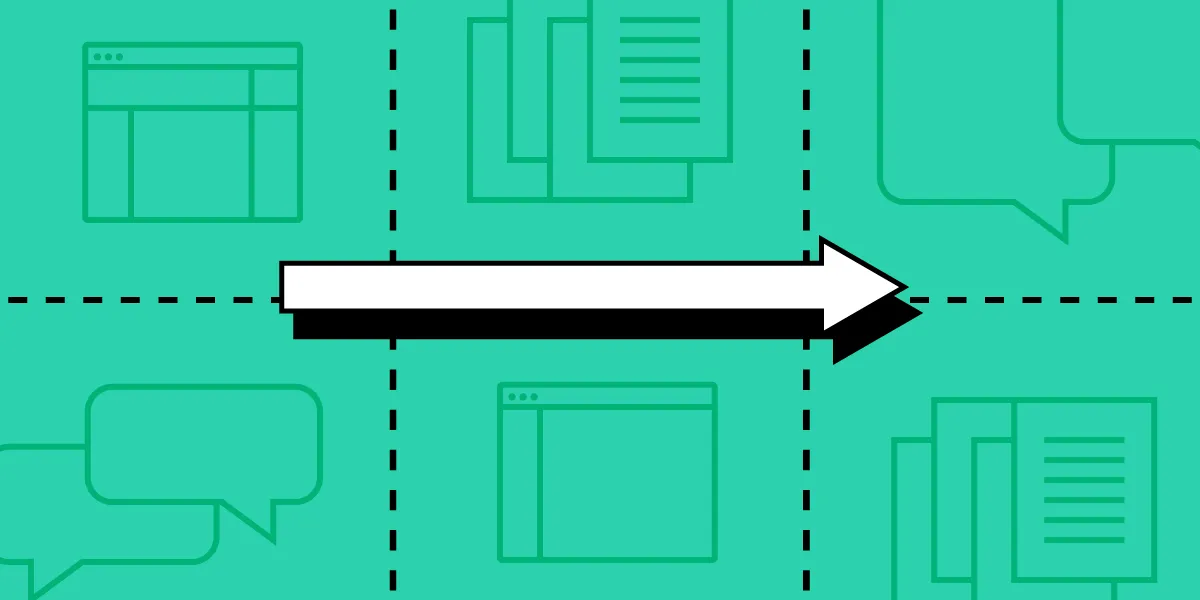User-Centered Design
Puts the user at the center of everything. Focusing on the user means taking into account their story, their emotions, and the insights you have gathered about them.
To focus on the user, the user-centered design process has four steps:
Understand
First, understand how the user experiences the product or similar products. Truly understanding the end user requires a lot of research
Specify
Next, specify the end user's needs. Based on your research, narrow down which end user's problem is most important to solve.
Design
Then you design solutions to the end user's problem. This is where you develop ideas of what the product might look like and begin to actually build the product.
Evaluate
Evaluate your design based on the end user's needs. Does your design solve the end user's problem? You'll find out here, and you'll also do it by testing your product with real people. It's important to remember during this process
that iteration is key. Iteration means doing something again by building on previous versions and making improvements
Following this framework helps us build products that people actually want to use
keywords
- #UserCenteredDesign
- #Understand
- #Specify
- #Design
- #Evaluate
Five Elements of UX Design
The five elements of UX design are a framework of steps a designer takes to turn an idea into a working product. This framework consists of five elements: strategy, scope, structure, skeleton, and surface.
Each element relates to a specific layer involved in creating the user experience, and each layer is dependent on the one below it.
The bottom layer is the strategy. This is where you define the user's needs and business goals.
The next layer is scope. This is where you define what you want to build. You decide on the features and content that the product should contain.
The third level is structure. You figure out how to organize your design and how the user will interact with it.
The next layer is the skeleton, which you can think of as the layout. Similar to how the layout of our bones shapes our skin, this layer helps detail how the design works, but just like our bones, the
user will not see
these inner workings.
Instead, you'll see the surface, which is the top layer of the user experience. The surface is how the product looks to the user.
keywords
- #5elementsuxdesign
- #strategy
- #scope
- #structure
- #skeleton
- #surface
Design Thinking
Design Thinking is a way to create solutions that address a real user problem and are functional and affordable. Design thinking consists of five steps: empathizing, defining, ideating, prototyping, and
testing.
Empathize
The first step is empathize, which is about finding out what end users really need and learning how they think and feel. You can conduct surveys, interviews, or observations to get a clear picture of who your endusers are and what challenges they face.
Define
The next step is to define the problem by creating a clear problem statement. The problem statement is a clear description of the user's needs that should be addressed. The problem statement should be based on user research and focus the team on a clear goal.
Ideate
Once we have defined the problem, we can start to ideate or brainstorm solutions. The goal should be to come up with as many ideas as possible. If you focus on the quantity of ideas rather than the quality, you are more likely to come up with innovative solutions.
Prototype
Ultimately, we need to limit ourselves to a few ideas that we can prototype. A prototype is a scaled down version of a product that shows off key features. You should have a clear goal in mind for your prototype.
Test
Finally, we test prototypes with users. Testing is all about the user, as they have the opportunity to provide feedback before the product is built. Based on the user feedback, you can make changes and improvements or develop a completely new idea.
keywords
- #Designthinking
- #Define
- #Ideate
- #Prototype
- #Test
Lean UX
The Lean UX process focuses on reducing wasted time and resources and producing a usable product as quickly as possible. The process is iterative, meaning the team continually updates and revises the product while gathering user
research and stakeholder feedback.
The Lean UX process is divided into three steps:
Think
Research user problems and think about how you might solve them with your design. This step is about gathering research so you have a clear picture of who the product is for and how it will help them.
Make
Start designing the product by creating sketches, wireframes, and prototypes. You will also create a Minimum Viable Product, or MVP, which is a simple prototype of your design that you can test with your target audience. Be prepared
to go back and update your prototype as you gather feedback!
Check
Find out how users respond to your design and gather feedback from project stakeholders. Make appropriate adjustments to your designs and repeat the three steps again as needed.
These steps should be repeated as many times as necessary until your team reaches the desired end product. The Lean UX process promotes productivity and collaboration. Lean UX teams are usually cross-functional, which means you will be
working with team members such as engineers and UX researchers. There are six principles that you should keep in mind when using the Lean UX process:
Move forward. Focus only on design elements and features that move the design process toward a specific goal. Do not get distracted by "nice-to-haves."
Stay curious. Lean UX is about using feedback from users and stakeholders to revise and improve your designs. Continually solicit feedback to understand why certain design decisions work or do not work.
Test ideas in the real world. Lean UX encourages designers to test their ideas - with prototypes, for example - outside the conference room and with potential users.
Externalize your ideas. Instead of debating and analyzing internally whether or not an idea will work, turn your ideas into something physical, tangible, and testable while they are still fresh in your mind. This way,
you'll get feedback on your designs in the early stages, when different perspectives and feedback are most helpful.
Think of deliverables as outcomes. Focus on creating usable, enjoyable products that users actually want and need. Always remember that you are designing for your users first and foremost, not for the project
stakeholders.
Go for radical transparency Feel comfortable being honest with everyone on the team (and expect the same in return) because you'll be relying on each other's insights. This way, everyone can make informed decisions
about how to proceed and avoid wasting time and energy.
The Lean UX process is about following your intuition, putting your ideas out there, and staying open to constant feedback and revisions. It's not about getting it right the first time! Instead, Lean UX is about collaborating and
incorporating feedback.
keywords
- #Leanux
- #Think
- #Make
- #Check
Double Diamond
Double Diamond is a more traditional UX process that divides UX design into two main phases (or "diamonds"): Research and Design. Each phase has two steps. Taken together, these are the four steps:
Discover the problem. Gather information about potential problems users face.
Define the problem. Filter the data, and focus on the main problem you want your product to solve.
Develop solutions to the problem. Start designing your product as a work in progress. This is where wireframes and prototypes come in.
Deliver the product. Review and test your product to prepare it for release.
Like much of the design framework, Double Diamond is iterative and non- linear. Each sprint leads the team to new insights that are used to improve the product design. Then the process starts all over again with a new iteration. Think
of it like the various drafts of an academic paper that a student writes before submitting the final draft to the teacher for grading.
Double Diamond also encourages teamwork across the organization, so the design team is not just focused on design. To be successful, the entire team must know how to incorporate design principles, design methods, user engagement
strategies, and leadership principles. Be prepared to take on multiple roles and responsibilities as needed.
There are four principles that drive the Double Diamond process:
Focus on the user. As always with UX design, put the user first.
Communicate. Communicate visually, through visuals and design decisions that complement the text. You should also make sure that your design communication is equitable and accessible, which you'll learn more about in
this part of the program.
Collaborate. One of the unique features of the Double Diamond process is that it encourages creative collaboration and co-creation with your teammates
Iterate. Accept that the design is a work in progress and will not be ready right away. The magic is in the revisions. With each iteration, you provide a new experience for the user.
keywords
- #Doublediamond
- #Focusontheuser
- #Communicate
- #Collaborate
- #Iterate

